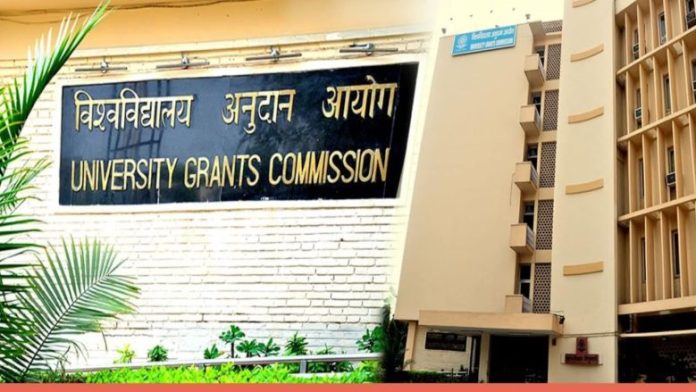The University Grants Commission (UGC) has taken an important step by establishing a specialized committee tasked with crafting model syllabi for courses centered around manuscriptology and paleography. These courses are slated to be offered in various colleges and universities across India.
Manuscriptology, involving the exploration of history and literature through handwritten documents, and paleography, the study of ancient writing systems primarily from classical and medieval eras, will be the focal points of these educational endeavors.
The eleven-member committee, led by Prafulla Mishra, former Director of the National Mission for Manuscripts, comprises individuals such as Malhar Kulkarni, a professor at IIT-Mumbai; Vasant Bhatt, former Director of the School of Languages at Gujarat University; and Jatindra Mohan Mishra, a Sanskrit professor at NCERT, Delhi.
In accordance with the National Education Policy 2020, the UGC, in response to a proposal from the National Mission for Manuscripts (NMM), conveyed its intent to standardize postgraduate diploma courses in manuscriptology and paleography across academic institutions. The UGC’s correspondence, dated July 10, elucidated that the committee’s core responsibility is to draft a comprehensive model syllabus for these subjects, tailored to students specializing in them or those seeking to explore them as open electives within other academic disciplines.
UGC Chairperson M. Jagadesh Kumar affirmed that this initiative aligns with the National Education Policy’s promotion of the Indian Knowledge System. The proposed syllabi can be readily adopted by universities to offer a diverse range of courses.
Kumar emphasized the significance of preserving Indian manuscripts as a means of nurturing the country’s diversity and enhancing its heritage. He underscored that the ancient manuscripts, written in various Indian languages and scripts, encompass a wide spectrum of subjects including philosophy, science, literature, and religion.
“These manuscripts provide invaluable insights into India’s history, intellectual contributions, and traditions. Our support for Indian manuscriptology can safeguard cultural treasures, facilitate academic research, and serve as an inspiration for future generations,” Kumar stated.
According to the National Mission for Manuscripts, India boasts an impressive repository of approximately 10 million manuscripts in 80 ancient scripts. These manuscripts are etched onto materials such as palm leaves, paper, cloth, and bark. While 75% of the manuscripts are in Sanskrit, the remaining 25% are documented in regional languages. This endeavor to curate model syllabi for manuscriptology and paleography courses is poised to not only foster scholarly engagement but also perpetuate the rich heritage encapsulated within these manuscripts.















